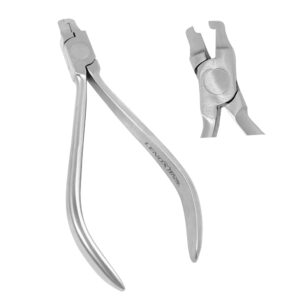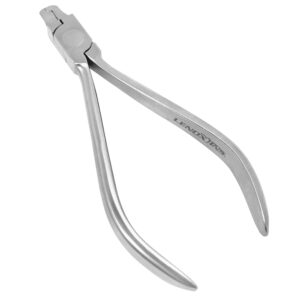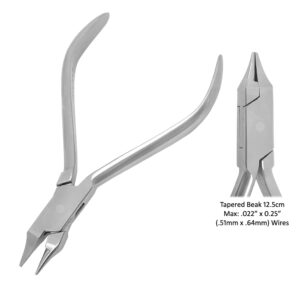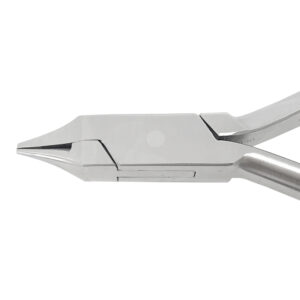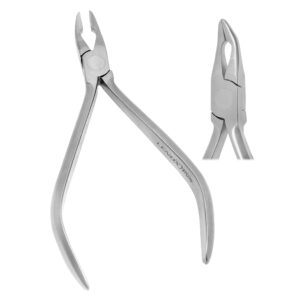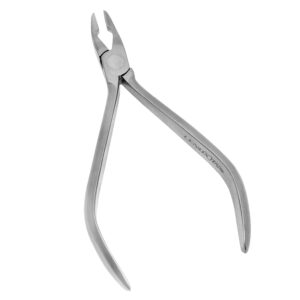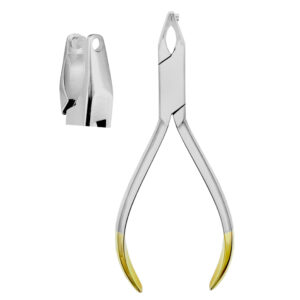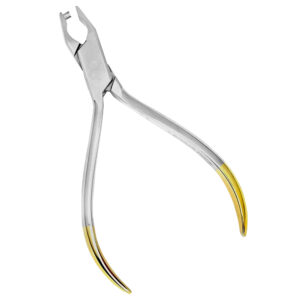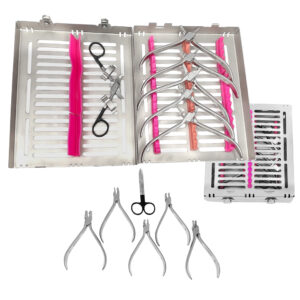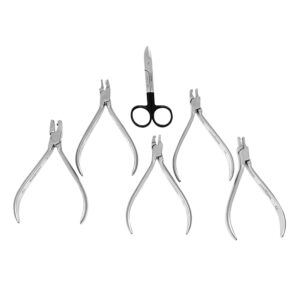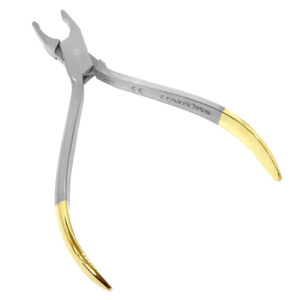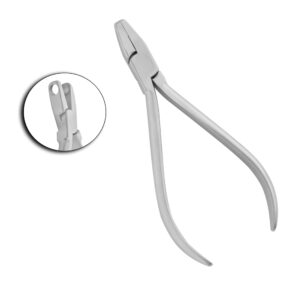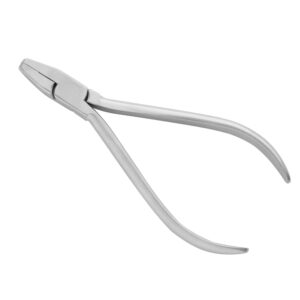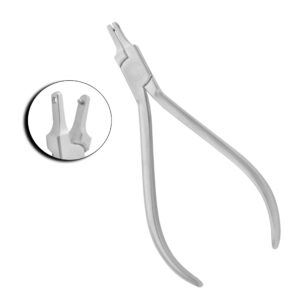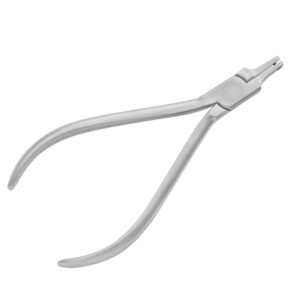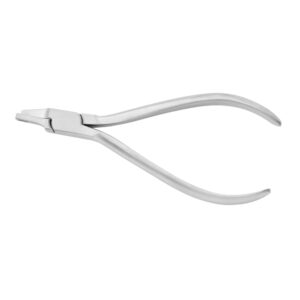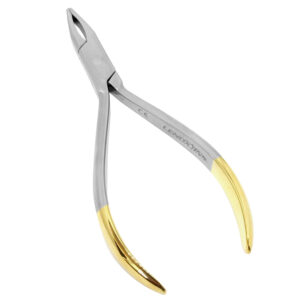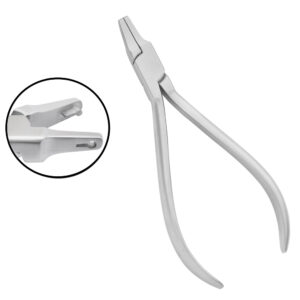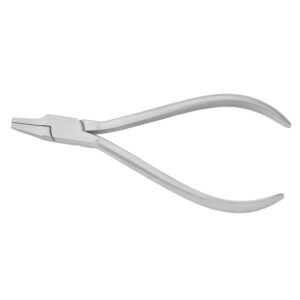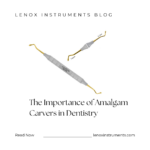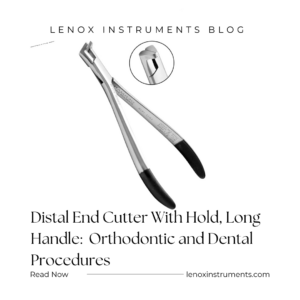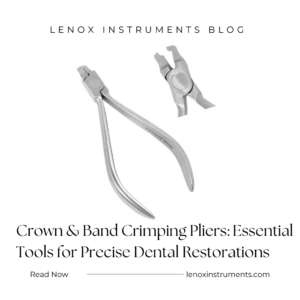Orthodontic Pliers: Essential Tools for Precision in Dental Alignment
- LENOX INC CANADA
- September 5, 2024
- Orthodontics, Pliers
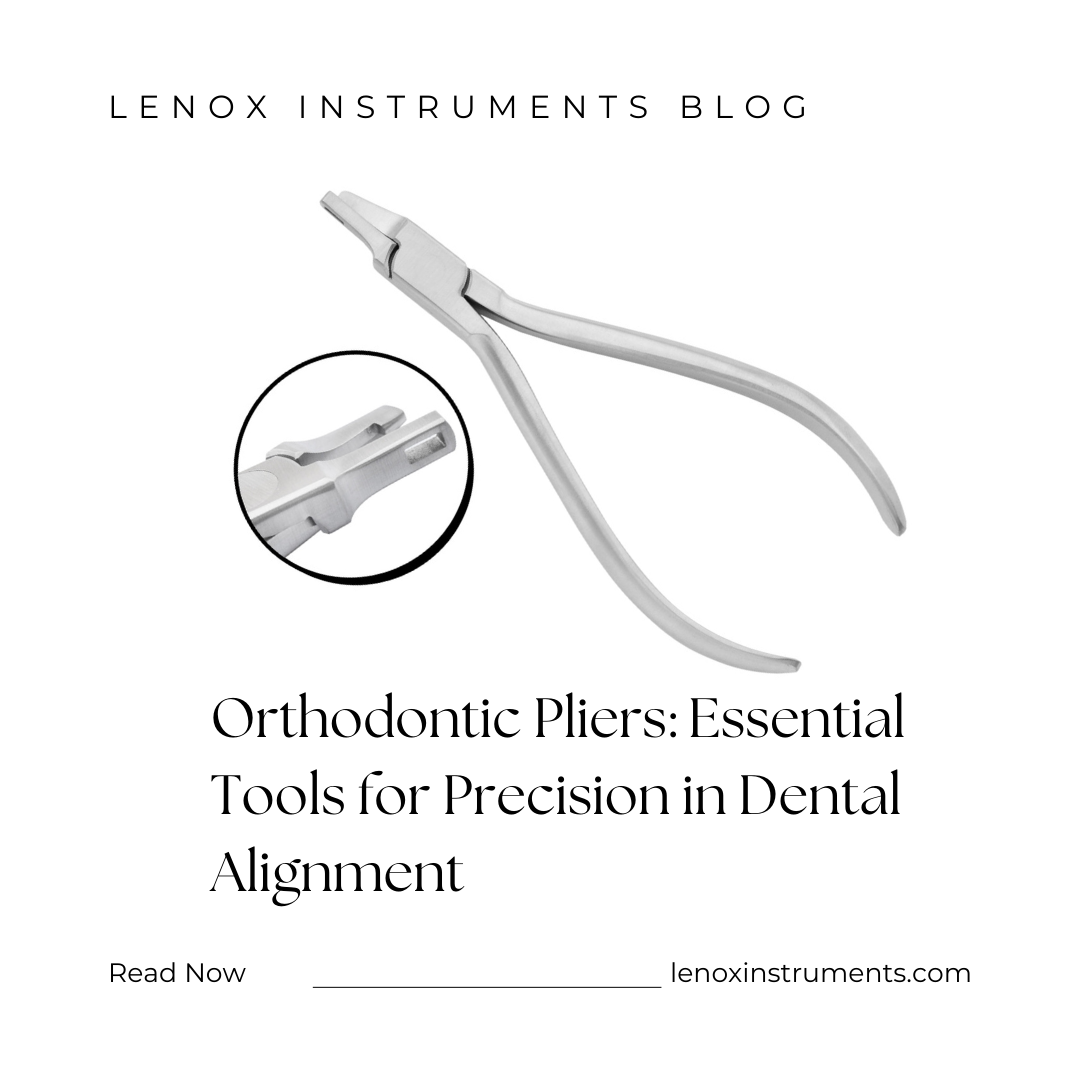
Orthodontic pliers are indispensable instruments in the field of orthodontics, playing a crucial role in the intricate process of aligning teeth and correcting dental irregularities. These specialized tools enable orthodontists to perform a wide range of tasks with precision and efficiency.
Types of Orthodontic Pliers
Several types of orthodontic pliers serve specific purposes:
- Ligature Cutter Pliers: Used for cutting and removing ligatures, wires, and elastics.
- Band Removing Pliers: Specifically designed for removing orthodontic bands from teeth.
- Distal End Cutters: Feature a sharp, angled cutting edge for trimming arch wires.
- Adams Pliers: Versatile tools used to adjust and remove labial arch wires, activate loops, and bend arch wires.
- Weingart Pliers: Ideal for engaging and disengaging arch wires, brackets, and other orthodontic components.
- How Pliers: Also known as three-prong pliers, used for placing and removing orthodontic auxiliaries like power chains and elastics.
Orthodontic Pliers
Key Features and Design
Orthodontic pliers are designed with specific qualities to ensure optimal performance:
- Precision: Engineered for accurate and fine adjustments in orthodontic procedures.
- Durability: Crafted from high-quality materials like stainless steel to withstand frequent use.
- Ergonomics: Designed for comfort and ease of use during extended procedures.
- Versatility: Capable of handling various orthodontic tasks.
Applications in Orthodontic Procedures
Orthodontic pliers are used in various stages of treatment:
- Placing and removing brackets
- Adjusting archwires
- Cutting and shaping wires
- Removing bands and ligatures
- Forming loops and bends in wires
Product Collection
Maintenance and Sterilization
Proper care of orthodontic pliers is crucial for their longevity and effectiveness:
- Regular sterilization using autoclave methods is essential.
- Some pliers may be more susceptible to corrosion, requiring careful selection of sterilization procedures.
- Routine inspection for damage, especially at joints and cutting edges, is important.
Impact on Patient Comfort
The choice of pliers can affect patient experience during orthodontic procedures:
- Different pliers may result in varying levels of pain and sensitivity during bracket debonding.
- Proper technique and tool selection can minimize discomfort during orthodontic adjustments.
Orthodontic pliers are fundamental to the practice of orthodontics, enabling practitioners to deliver precise and effective treatments. As technology advances, these tools continue to evolve, enhancing the capabilities of orthodontists and improving patient outcomes.


